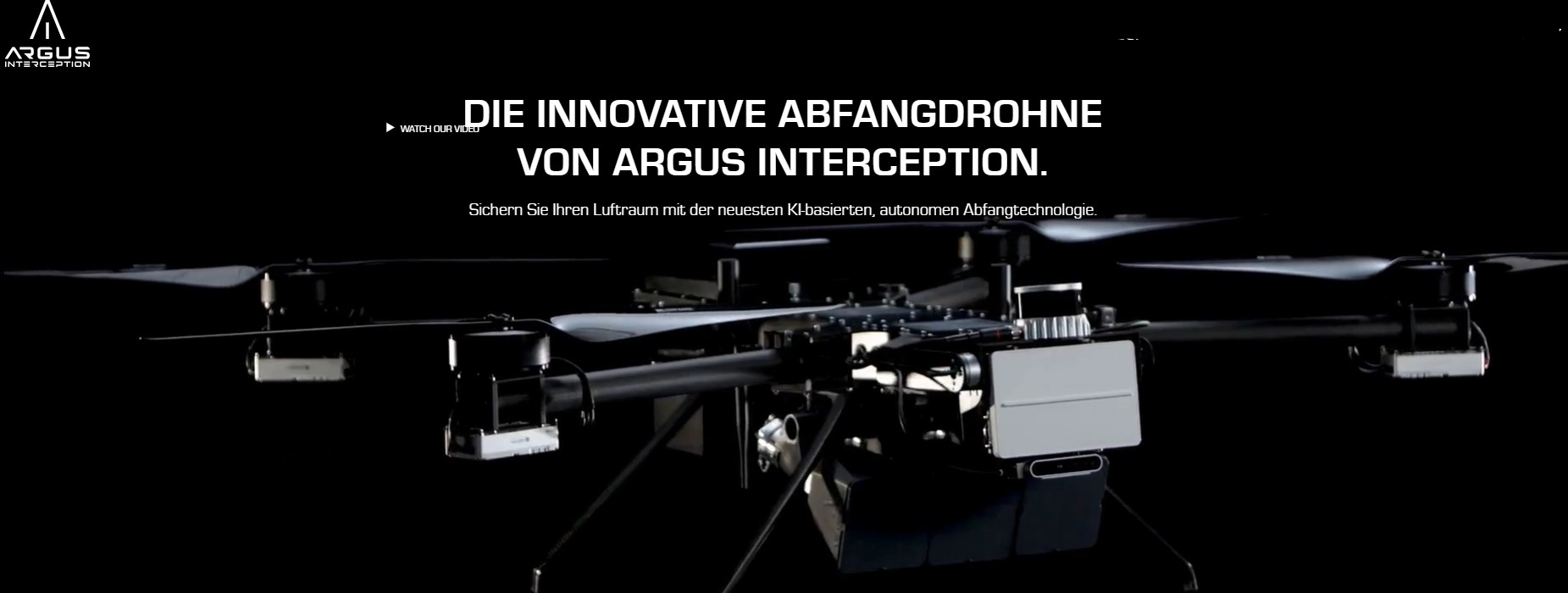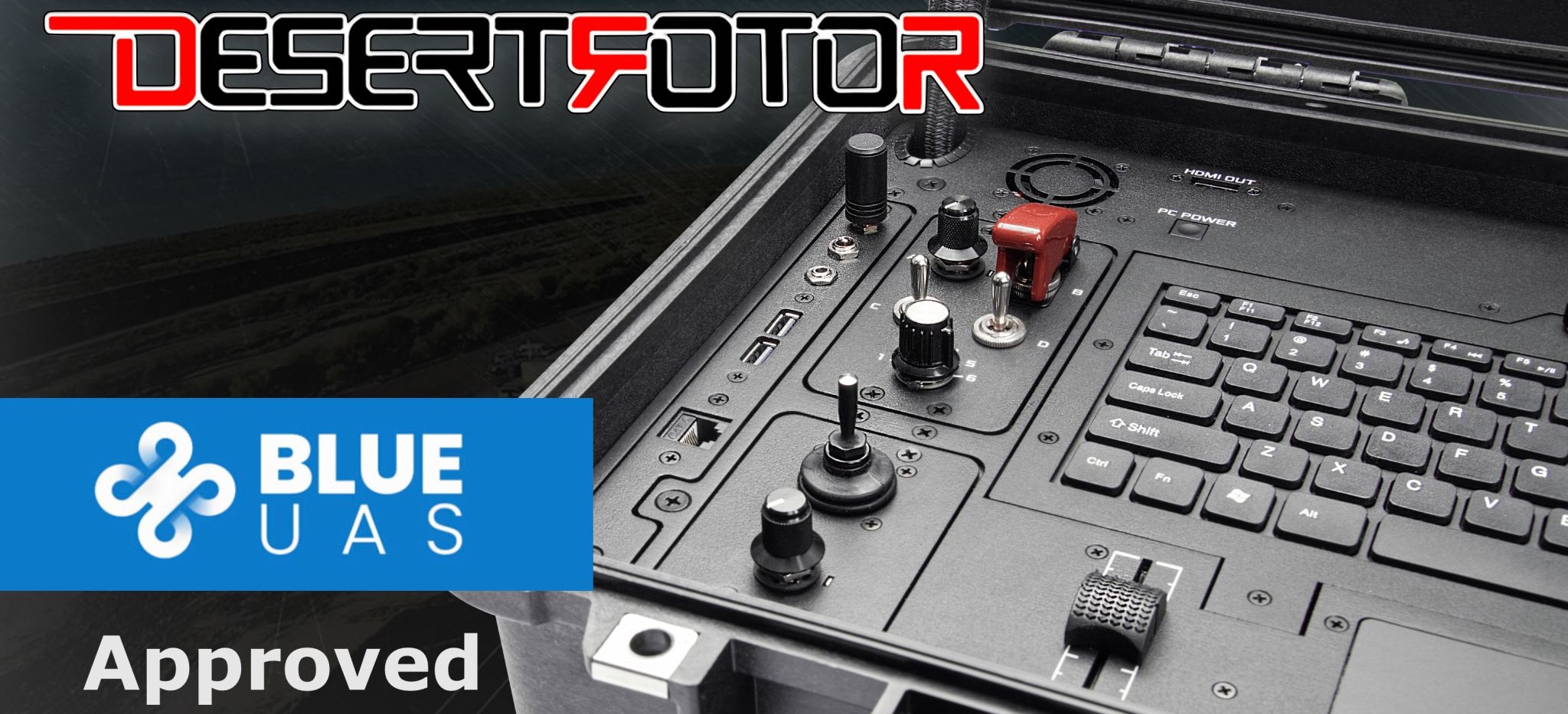Skydio Unveils the Future of Autonomous Flight with RTOL Prototype and Next-Gen Drones at Ascend 2025
.jpg)
At Ascend 2025, Skydio pulled back the curtain on some of its most ambitious projects yet, signaling a decisive step in the evolution of drones from advanced tools to vital infrastructure. The announcements highlighted both technological breakthroughs and the broader vision of what autonomous aerial systems can deliver to industries and societies worldwide.
The F10: A Leap into Robotic Takeoff and Landing
Among the highlights was the debut of the F10 fixed-wing prototype, Skydio’s first drone to employ Robotic Takeoff and Land (RTOL). Unlike conventional fixed-wing UAVs that require open runways or catapult systems, the F10 can be launched and recovered using a robotic arm. In a demonstration that blended cutting-edge robotics and aviation, the prototype was even integrated into a custom dock housed within a Tesla Cybertruck.
The development of the F10 began just five months ago as an experimental project by a small team within Skydio. What started as a bold idea quickly evolved into a functioning prototype that represents a radical new approach to long-range drone operations. By combining fixed-wing speed and endurance with robotic precision in launch and recovery, RTOL could extend drone missions to unprecedented distances. Skydio envisions a future where “all the landmass on earth” could be within reach of autonomous, docked drones.
Such capabilities would have wide-ranging implications: transportation and energy networks could be monitored in real time, emergency response could be dispatched anywhere within minutes, and natural disaster relief could gain instant aerial awareness.
The R10: Autonomy Indoors Where It Matters Most
While the F10 points to the skies, Skydio also introduced the R10, an indoor drone designed to operate where risks to human safety are highest. Leveraging Skydio’s core strengths in AI and autonomy, the R10 is built to enter confined, hazardous, or structurally compromised environments. By sending an autonomous drone into danger zones instead of people, the system reduces risk while providing crucial situational intelligence.
The R10 continues Skydio’s mission to make drones not only smarter but safer — shifting the burden of risk away from human workers in industries such as public safety, defense, energy, and construction.
Advancing Autonomy with Multi-Drone Coordination
Beyond hardware, Skydio underscored the importance of AI software evolution. The company’s flagship X10 system is now being developed to be multi-drone native, enabling a single operator to command multiple autonomous drones simultaneously. This leap means drones can cooperate, cover larger areas, and complete complex missions more efficiently — with the drones doing the work, not the humans managing every detail.
Multi-drone coordination opens opportunities across industries: energy companies could inspect entire networks simultaneously, public safety agencies could deploy multiple drones in emergencies for broader coverage, and infrastructure providers could scale their aerial operations like never before.
Building a Family of Flying Robots
Skydio’s announcements reflect a broader strategic ambition: to move beyond the perception of drones as niche tools and position them as critical infrastructure. The company is steadily assembling what it calls a “Family of Flying Robots”, each tailored for different missions but united by a common foundation of autonomy, resilience, and reliability.
The F10 embodies long-range endurance, the R10 covers hazardous indoor operations, and the X10 continues to evolve as the backbone for multi-drone intelligence. Together, they represent a comprehensive ecosystem that promises to redefine how drones are used across vital sectors.
A Moment of Transition
The unveiling at Ascend 2025 was more than a showcase of hardware and software; it was a statement of vision. Drones are no longer experimental novelties or specialized add-ons. They are becoming essential infrastructure for industries that rely on timely, reliable, and scalable data from the air.
For Skydio, this transition is both an immense technical challenge and a deeply motivating mission. As one executive described, it is “a true joy to develop this technology and deploy it in service of the most important customers in the world.”
With the F10’s daring approach to robotic takeoff and landing, the R10’s autonomous risk-mitigation indoors, and the X10’s growing intelligence, Skydio is charting a course that may well define the next decade of autonomous aviation. The message from Ascend 2025 was clear: the robots are here — and they fly.

.jpg)
.jpg)


